Report on Managing People in an Organizational Setting
VerifiedAdded on 2023/01/17
|13
|591
|68
Report
AI Summary
This report provides a comprehensive overview of managing people within an organizational context. It begins by exploring the processes of recruitment and selection, emphasizing their importance in acquiring competent employees. The report then delves into the significance of training and induction, highlighting both on-the-job and off-the-job methods. A key focus is placed on motivation, examining the link between employee motivation and business efficiency. The report further discusses performance management, outlining various methods for assessing company performance. It examines different management and leadership styles, including strategic and transformational approaches, as well as democratic and laissez-faire leadership. The report concludes by emphasizing the relationship between organizational culture and structure and highlights the need for effective people management to prevent employee turnover and maintain a competitive edge. Finally, the report includes a list of references used in the research.
1 out of 13
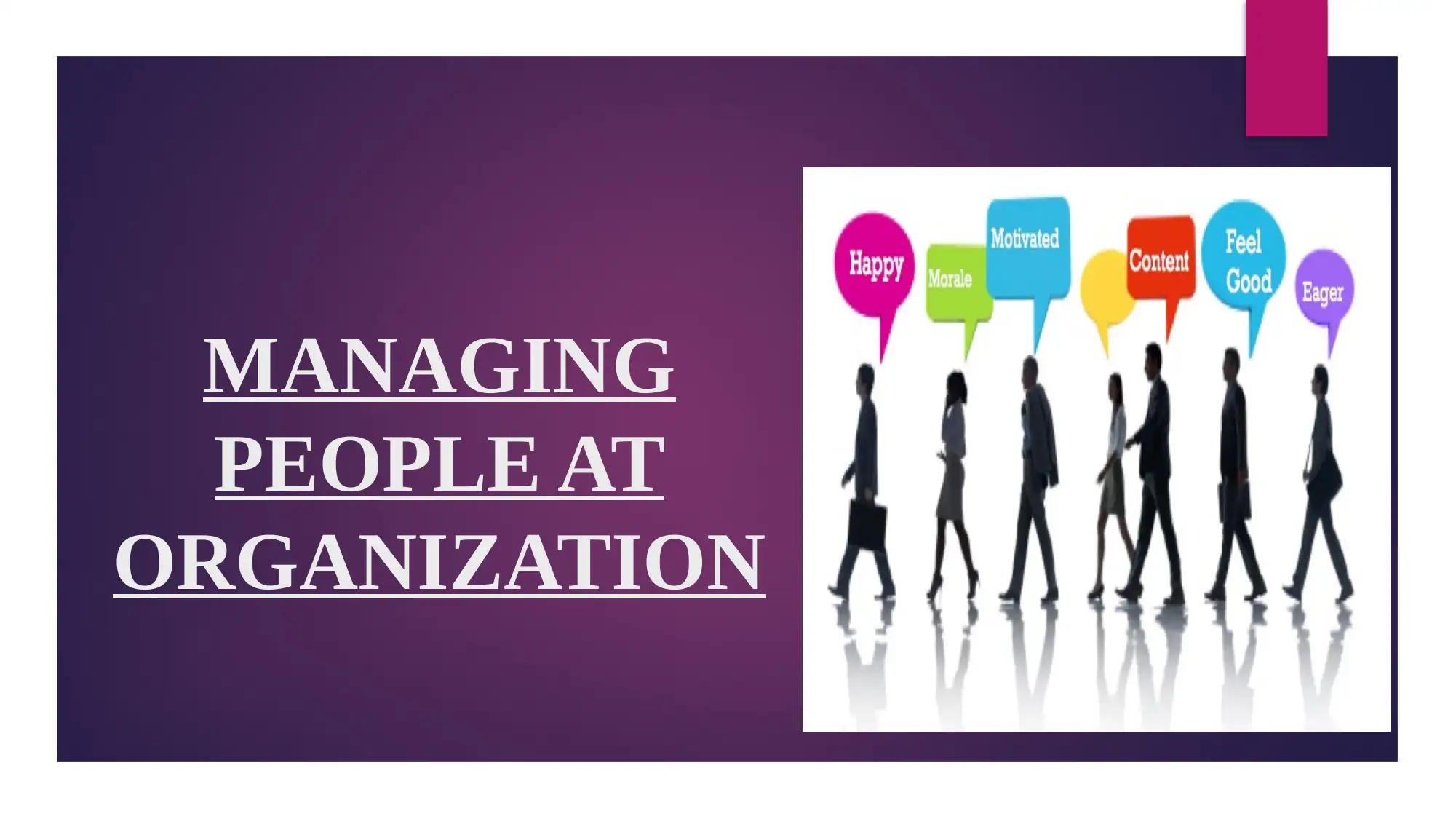
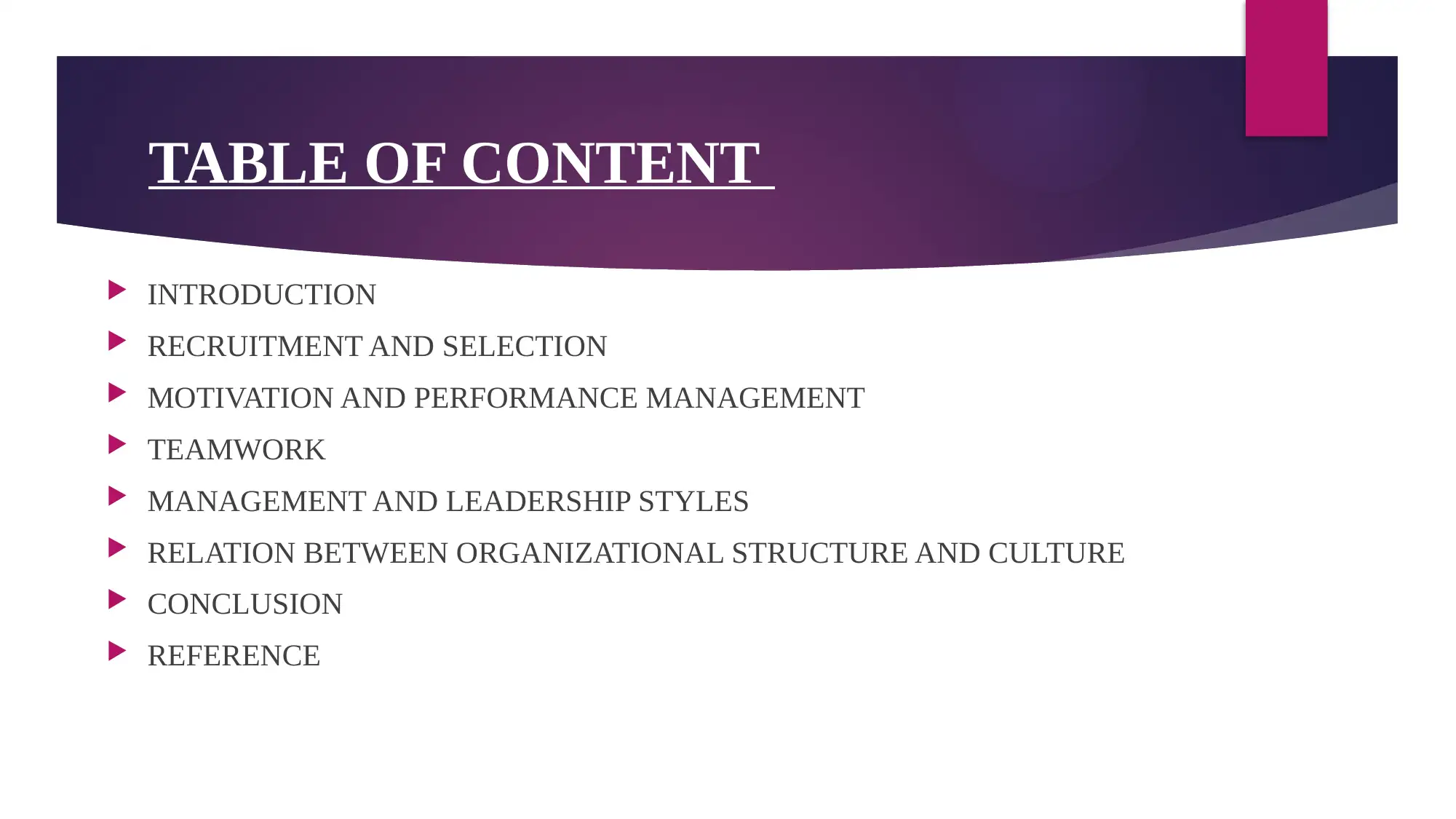
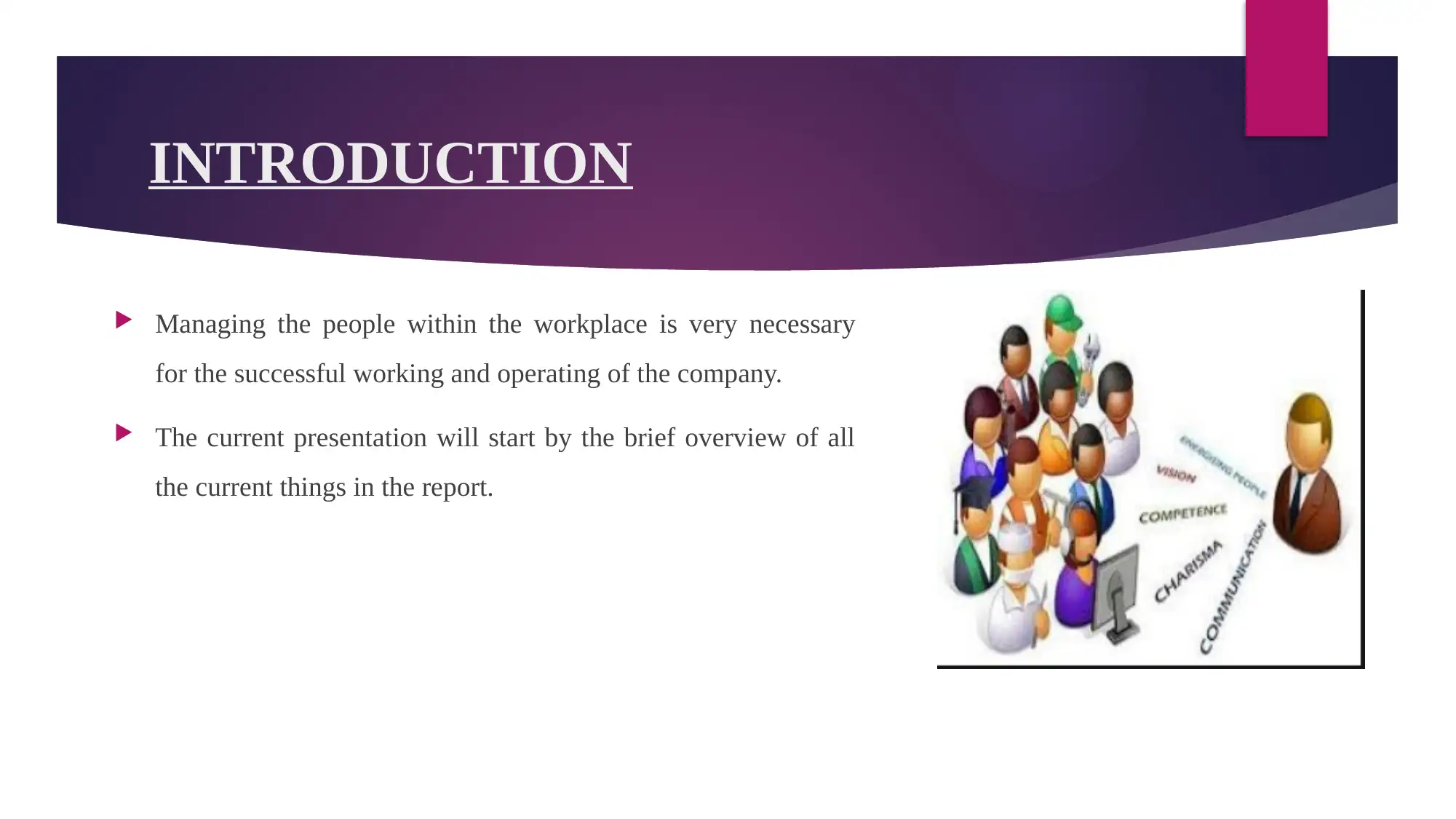

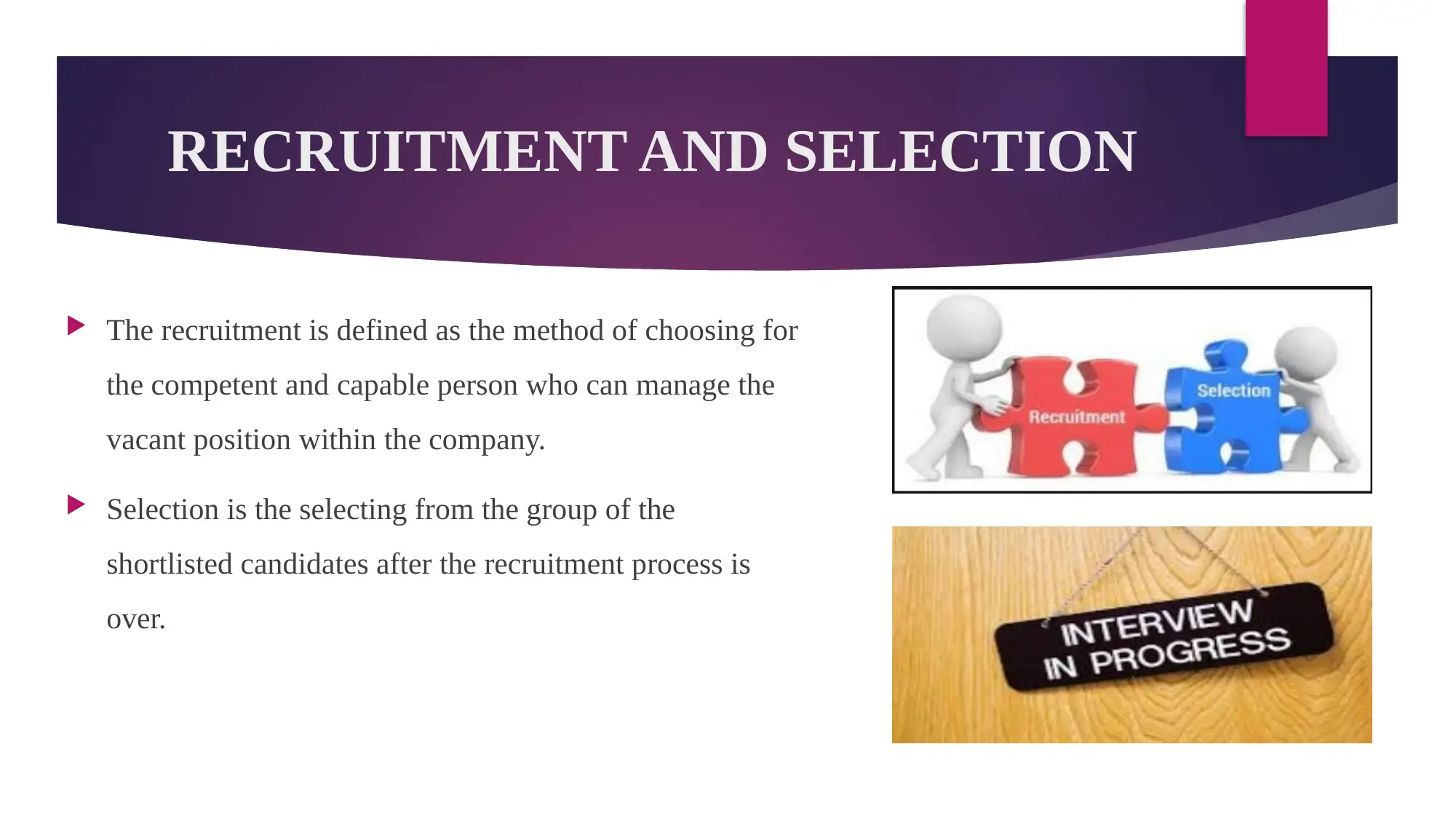
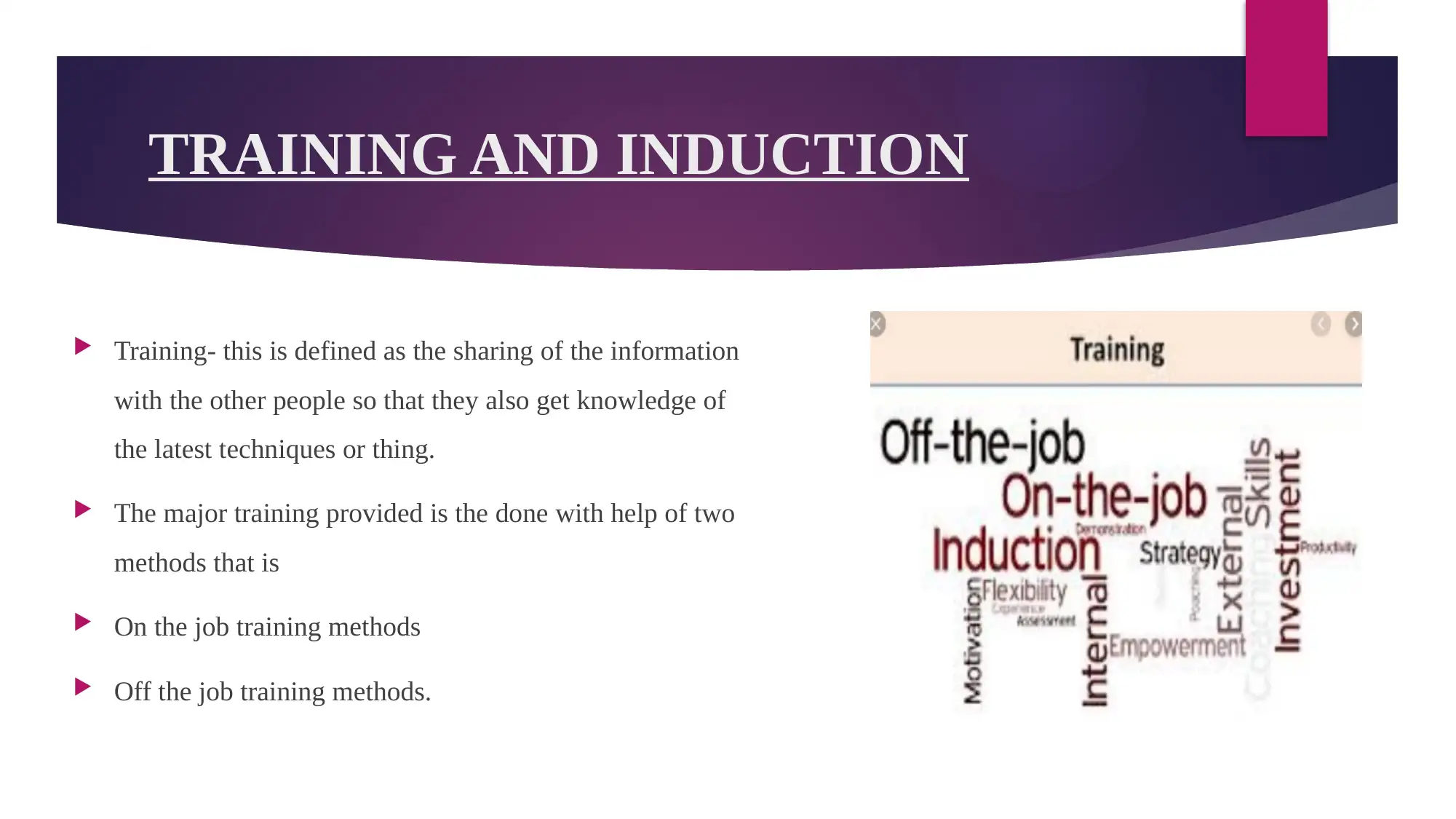
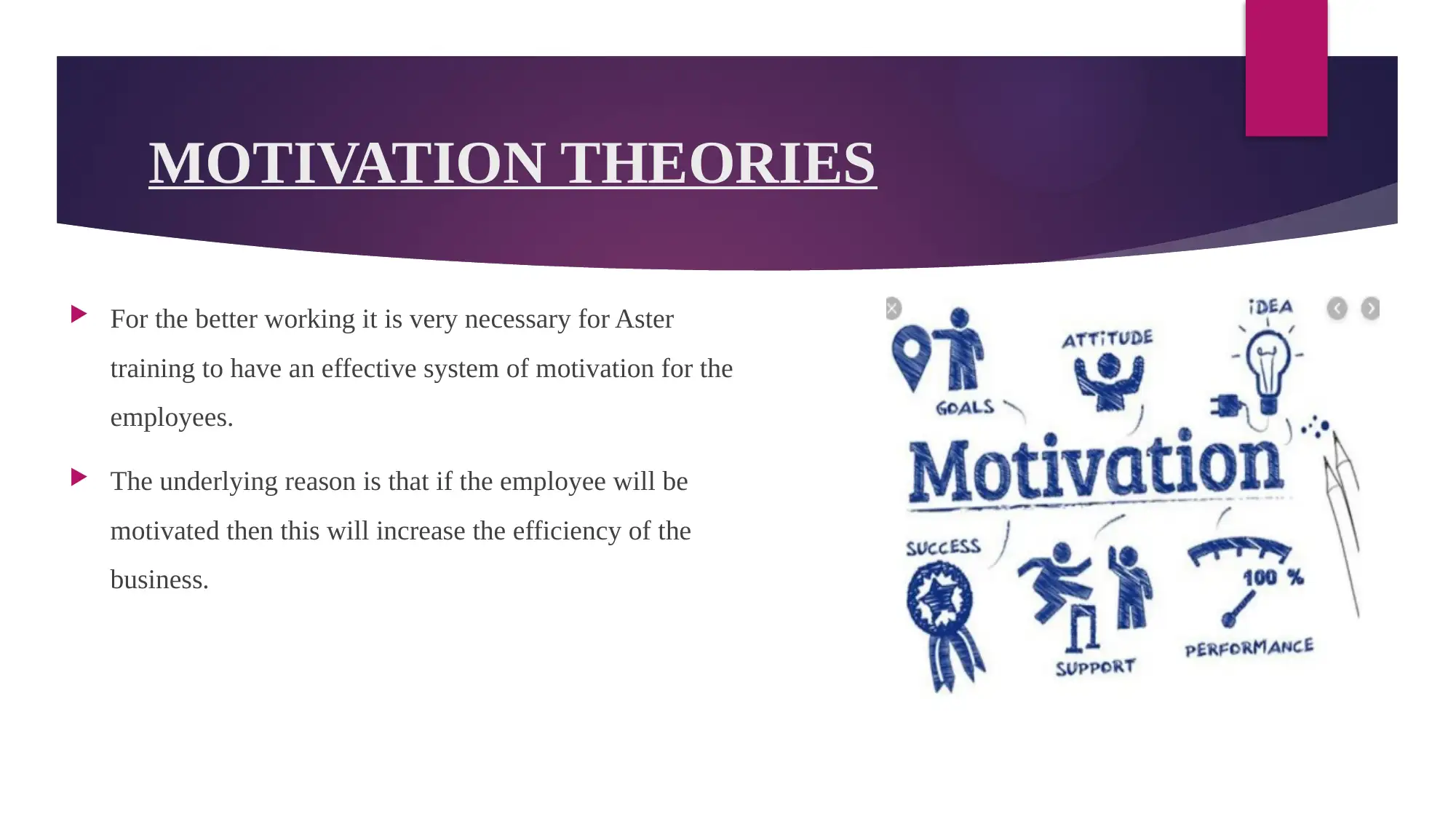
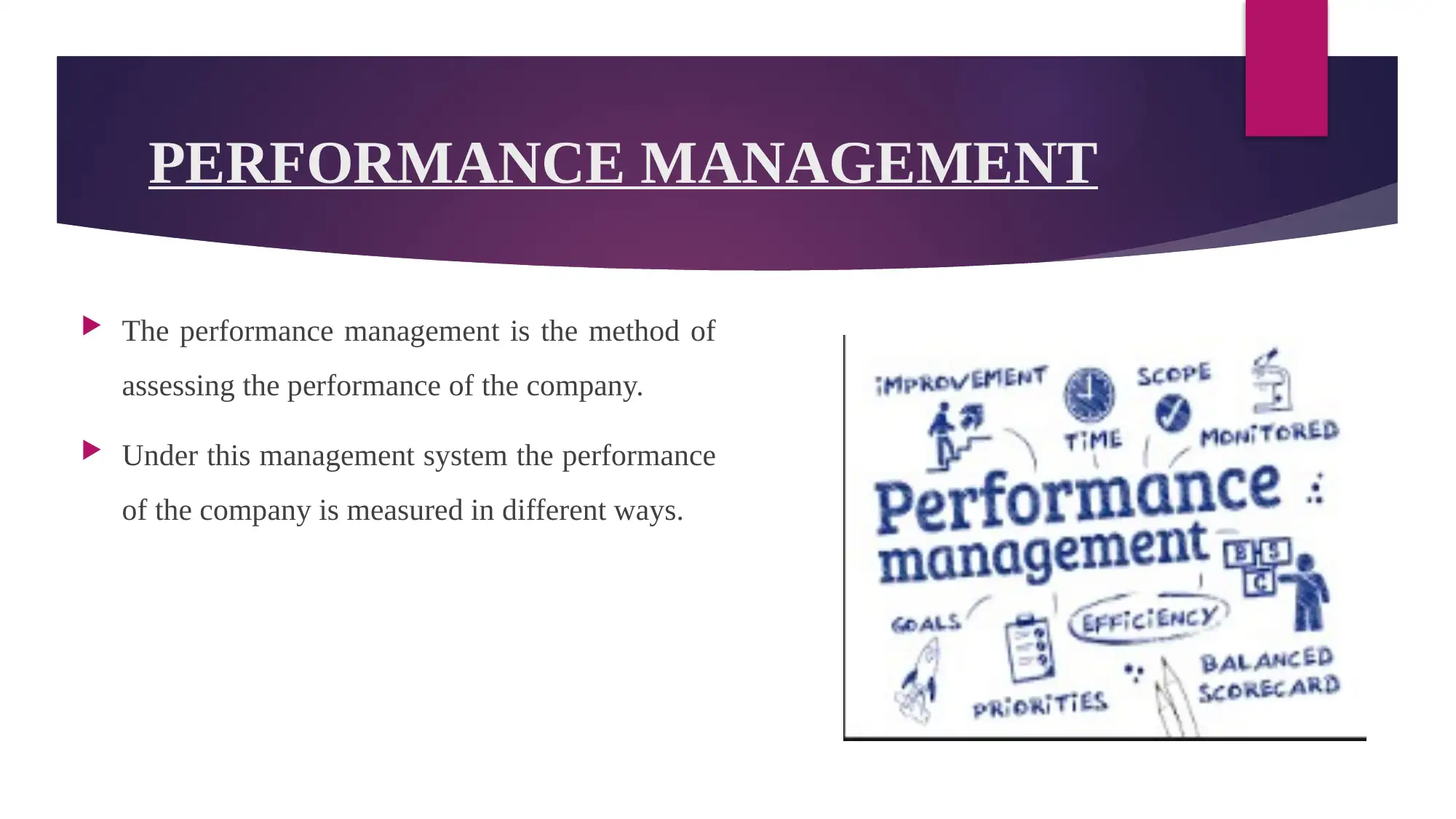
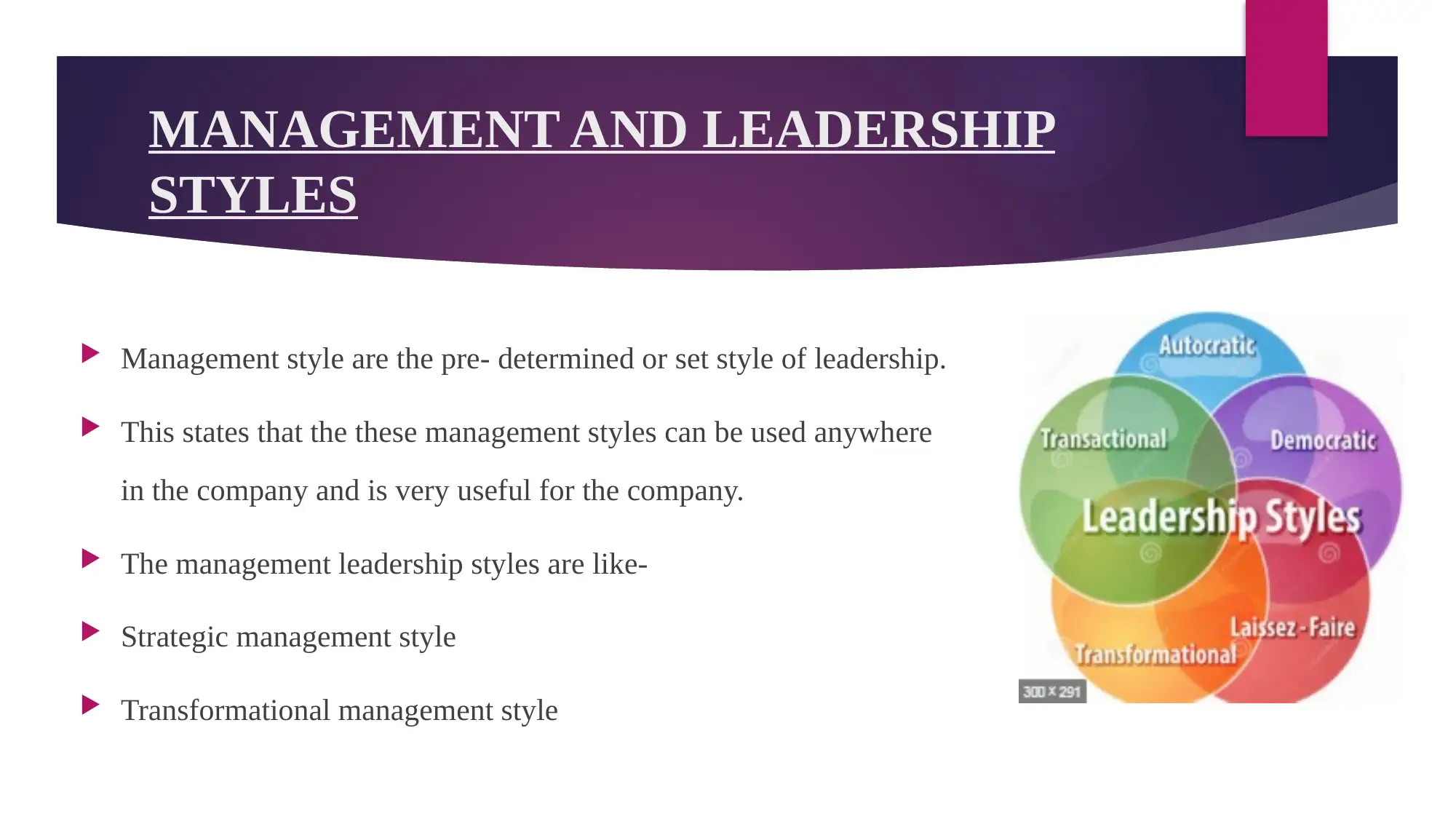
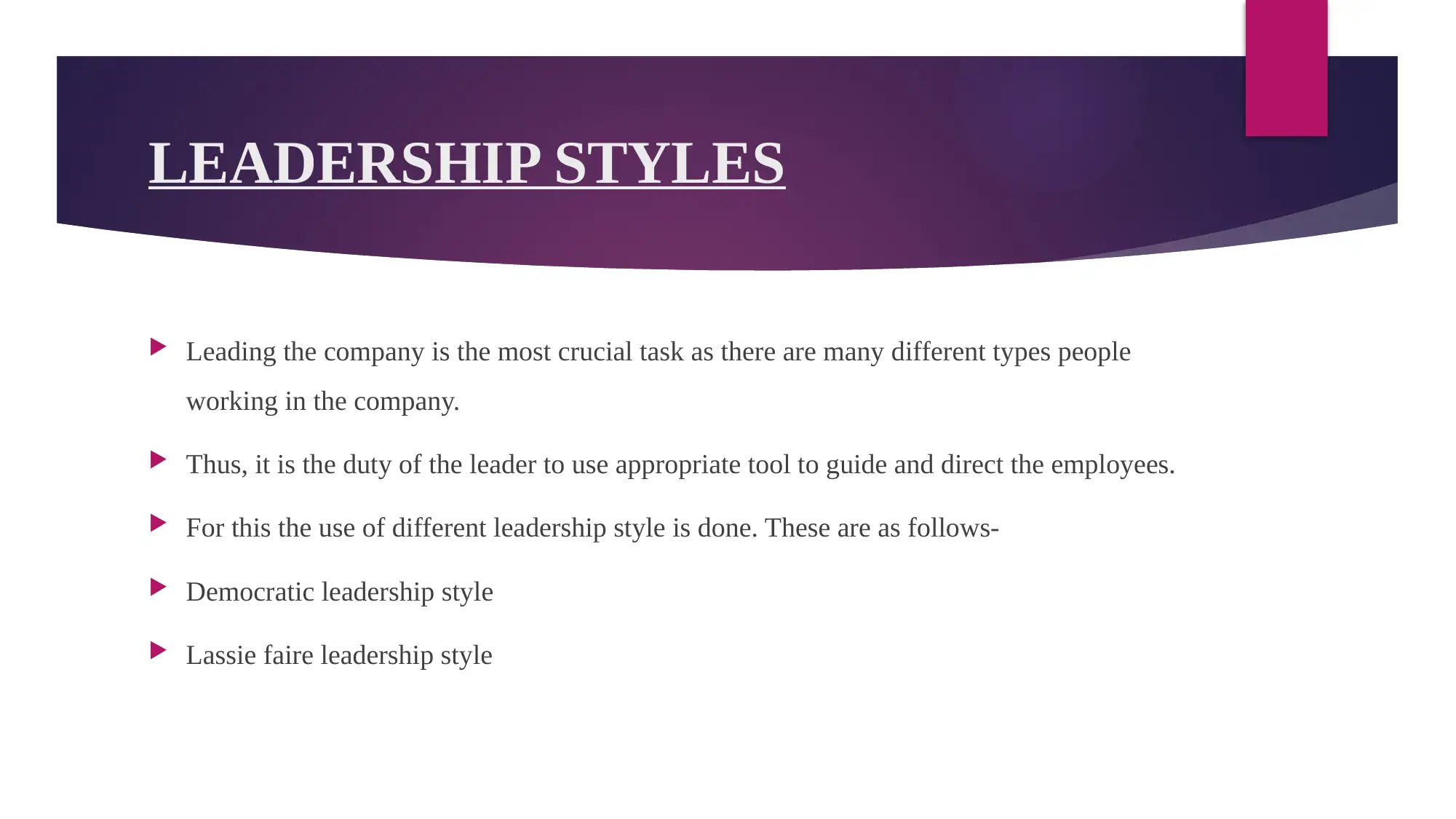
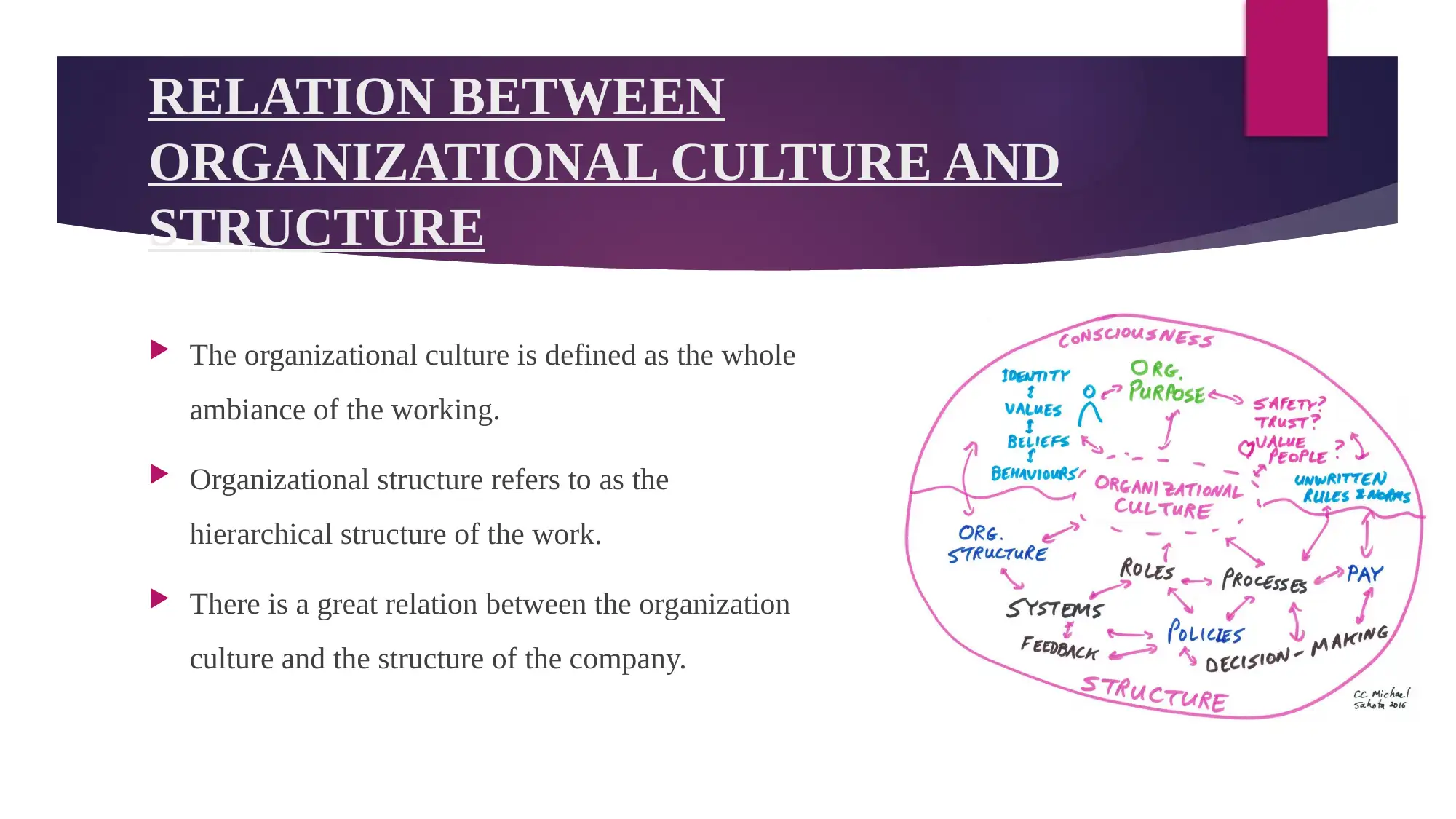
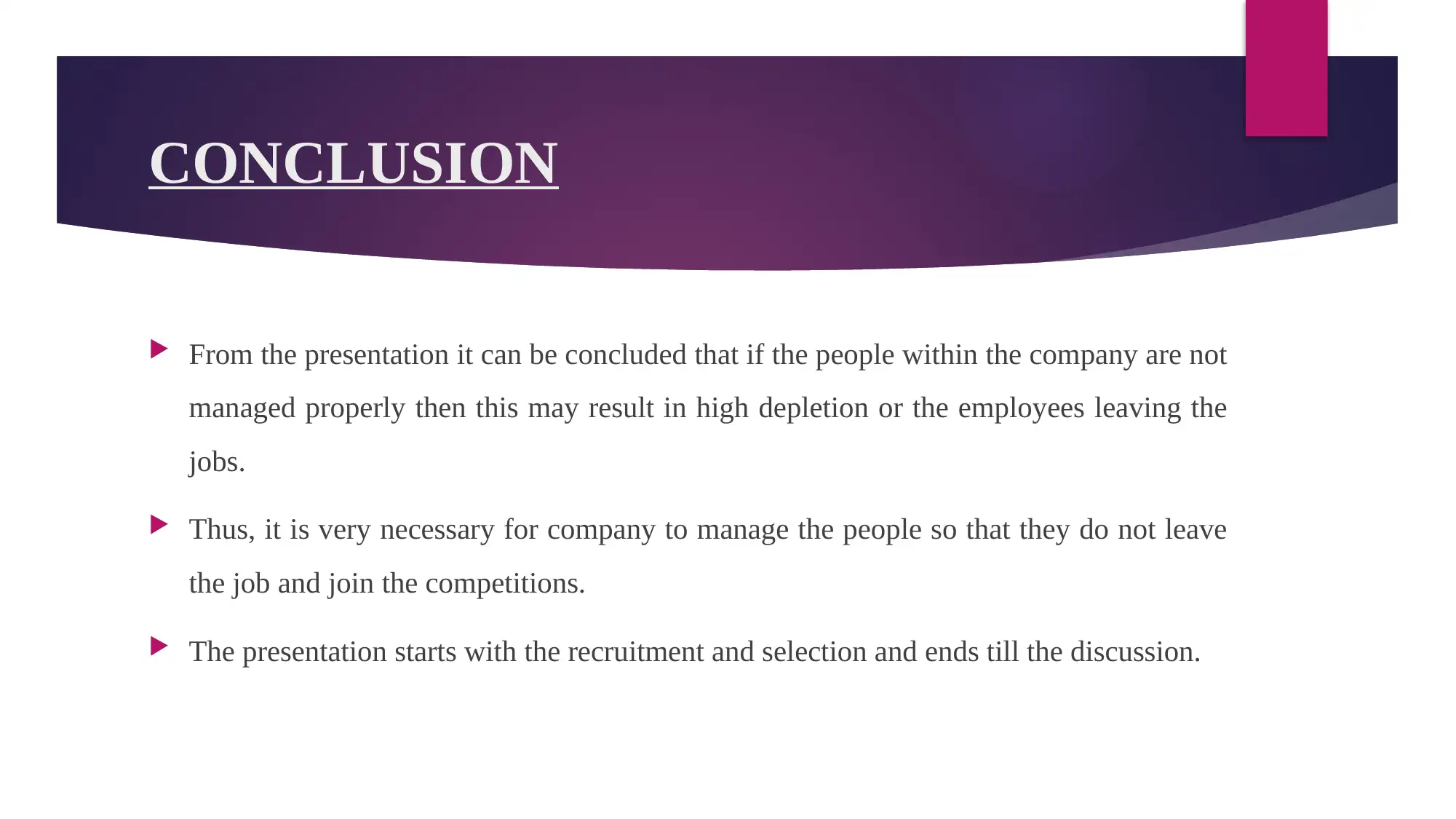
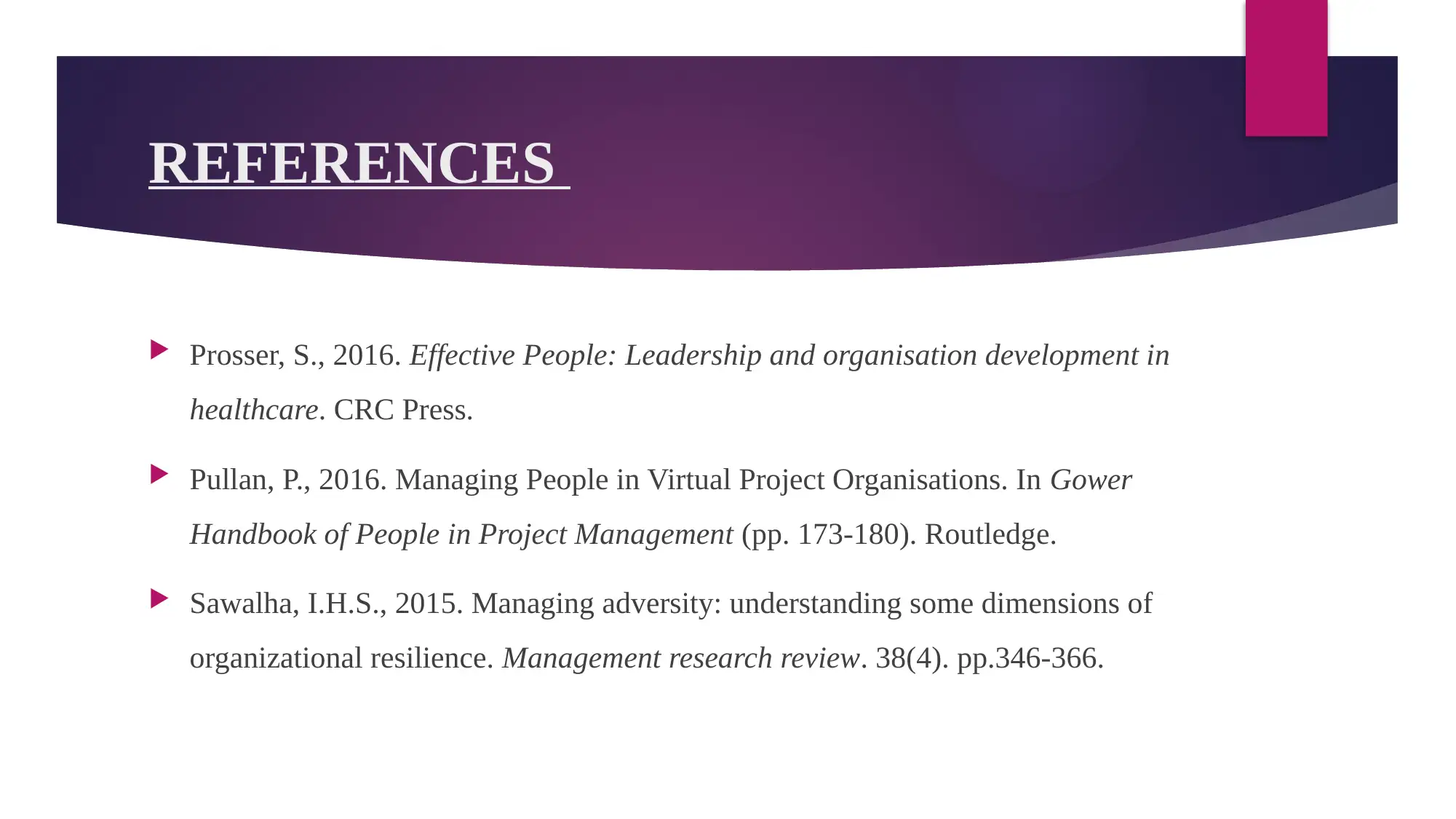






![[object Object]](/_next/static/media/star-bottom.7253800d.svg)